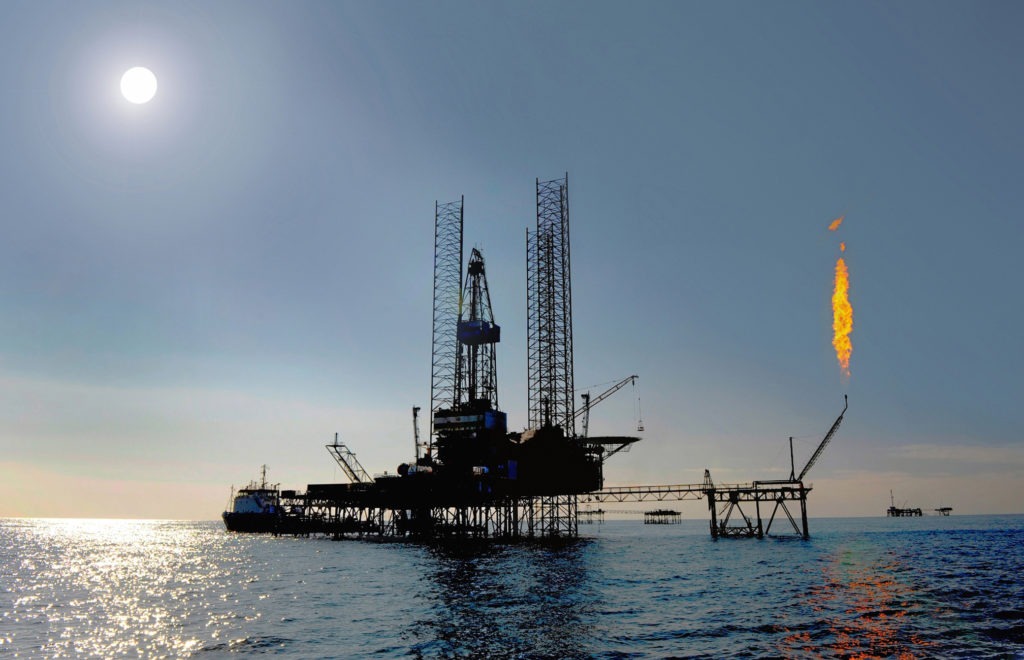THE ONLY WAY IS JACK-UPS: MARKET CHALLENGES
This two-part blog series will consider jack-ups in comparison to semi-submersible (semi-subs) rigs or drilling vessels, the history of each, when to use them, and the key advantages and disadvantages. This first blog looks at the current state of play for jack-ups, and how the technology has evolved since it was first used in the 1970s.
As oil prices continue to stabilise, operators are looking for the most efficient drilling and intervention methods to keep their downturn inspired cost savings in place.
Jack-up rigs are known to be cheaper than semi-subs. However, the real operational benefits of the rig’s fixed feet design have often been overlooked when being used for subsea operations.
To date, more than 7,000 subsea projects have been developed worldwide (WoodMac, 2019). These are predominantly drilled using semi-subs or drill ships – the industry default for exploration, development, intervention and decommissioning on subsea wells.
A brief history of jack-ups
In the early 1970s and 80s, industry Blow Out Preventer (BOP) systems were light compared to today’s models.
As the industry moved into deeper water depths, and safety regulations changed, the BOPs got bigger and more complicated. Now, it is not uncommon for them to weigh over several hundred tonnes.
Today, wells are beginning to be decommissioned or require significant intervention. The default position when carrying out well abandonment, originally by a semi-sub, is to bring the exact same type of installation back to do the job. But this has one major downside. It’s challenging to get the wellhead to support the weight of a modern BOP system, when using a semi-sub, or the loads imparted by vessel movement and offset. The same is true for a newly drilled well. A subsea drilling engineer may be familiar with operations using a semi-sub, but perhaps unaware of the benefits of using a jack-up, or have the technical and interface knowledge to make a project successful.
The capabilities of jack-ups have often been outshone by the familiarity of semi-subs for subsea well projects.
Where are we today?
Jack-up rigs have evolved considerably since their early days in the late 1970s. With technological and infrastructure advances, such as subsea high-pressure riser systems, accessing subsea wells via this type of rig is now safe and simple.
Today, it is commonplace that jack-ups operate worldwide in water depths of over 100 metres and in some cases, up to 150 metres – meaning that there are more than 2,500 subsea wells easily accessible using this type of rig today and more planned for the future (WoodMac, 2019).
Jack-ups now have access to a sophisticated equipment and engineering industry to support their operations. There are several companies, such as Aquaterra Energy, who have suitably qualified equipment, high quality sealing and an inventory of support infrastructure, as well as turnkey interface management and engineering support. A far cry from the ‘cobbled together’ perception of risers and ancillaries.
As the oil sector continues adapting for the future could making use of jack-ups for subsea projects become commonplace? The sector is looking for innovative solutions to maximise project value while retaining downturn inspired cost savings, so is this a simple answer? The second part of this series will take an in-depth look at some of the use cases where a jack-up might be a more cost-effective and efficient alternative.
Want to know more about our advanced Jack-Up rig solutions? Find out more here.
